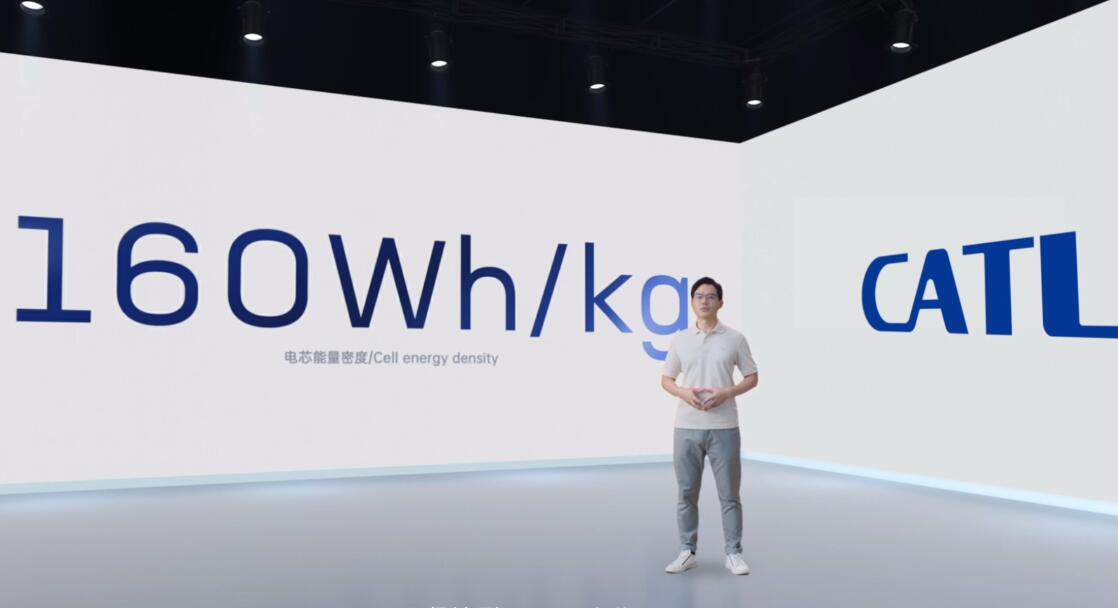
The world of battery chemistry is like an Energy Cube of energy, where the unknown is far greater than the known, said CATL founder and chairman Robin Zeng at the launch of the sodium-ion battery on Thursday.
Zeng disagreed with the widely held belief that battery chemistry is no longer innovative and can only be improved in physical structure, saying, "We're happy to explore the mysteries."
In the development of sodium-ion batteries, CATL utilizes a high-throughput computing platform and simulation technology, a deep understanding of the principles, and advanced algorithms and powerful calculations, he said.
CATL tries to find the combination of various material genes and develop chemical materials and systems with each advantage to meet diverse and complex battery market application scenarios, he said.
Sodium-ion batteries have unique advantages in low-temperature performance, fast charging and environmental adaptability that complement lithium-ion batteries, and diversified technologies are critical to the long-term stability of this industry, according to Zeng.
Replacing fossil energy with clean energy has become a global consensus, and energy conversion and storage are at the core of new energy development, Zeng said.
Zeng said CATL's strategic direction includes replacing stationary fossil energy with renewable energy generation and storage and powering the development of electric vehicles with power batteries.
CATL's strategic direction also includes the integration of electrification and intelligence as an innovation to accelerate the process of new energy replacement across all sectors, according to Zeng.
CATL today unveiled its first-generation sodium-ion battery, marking the beginning of a new round of innovation in the industry.
Overall, the first-generation sodium-ion battery has a slightly lower energy density than the current lithium iron phosphate battery, the company said. However, it has significant advantages in low-temperature performance and fast charging, especially in high-power application scenarios in alpine regions.
The battery's single-cell energy density has reached 160Wh/kg, the highest level in the world, the company said.



